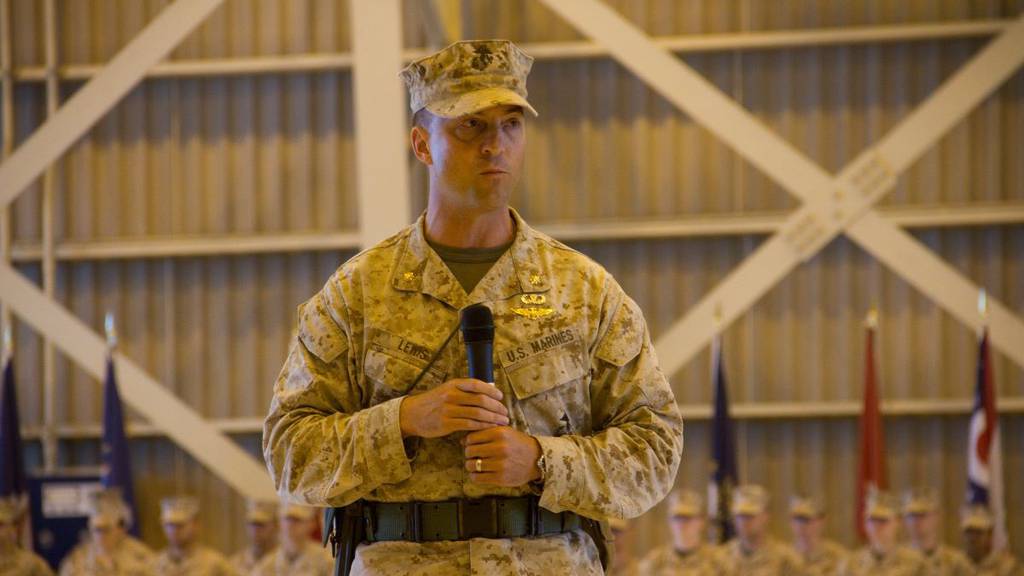ARLINGTON, Virginia — It’s tricky to define Joint All-Domain Command and Control, or JADC2, a multibillion-dollar Pentagon initiative aimed at linking up the military’s many forces and databases.
That’s in part because, as a 2022 Rand report pointed out, there is no clear, specific, universally agreed-upon definition.
One Army two-star in 2022 compared JADC2 to knee cartilage: Without it, you can’t run. Navy Rear Adm. Susan BryerJoyner, the leader of the JADC2 Cross-Functional Team, insisted recently that it was a verb, not a noun.
On Wednesday, Marine Col. Frederick Lewis Jr., assistant vice chief of naval research, tried to explain JADC2 using a real-world analogy: grilling.
“Probably the best example I can give you is a buddy of mine — he’s got a Traeger … Wi-Fi-enabled pellet smoker sitting in his backyard,” he told the crowd at the Expeditionary Warfare Conference in Arlington, Virginia. “That thing has no less than 13 sensors on, and he can control it, all from his phone.”
Traeger’s vice president of engineering, Dan Altenritter, confirmed to Marine Corps Times that the company’s new Timberline grills have 13 sensors, including ones to monitor the grill temperature, flame and wood pellets.
Lewis’ friend can remotely regulate how the grill cooks, Lewis continued, because the sensors pull different kinds of data together and can act on that data.
“There’s some autonomy built in there,” Lewis said. “You tell it, ‘Hey man, I want this thing to go 200 degrees Celsius for eight hours.”
And it does.
That is, according to Lewis, JADC2 in its simplest terms: linking up different kinds of data from different kinds of sources (but for battle, not grilling), and taking action when and where needed.
The U.S. services and their allies all have sensors of their own. The challenge is having them communicate with each other — especially when they weren’t designed to do that, Lewis said.
“How do I take all that data from space to the seabed, bring together a diffused common operating picture in a kill web?” he added.
The idea is to pull together information from every corner of the military and use it, with the help of advanced computing, to strike sooner, more accurately and from greater distances. Such a concept, defense officials say, is needed to best the likes of China and Russia. And, by definition, all of the services are engaged in developing JADC2; the “J,” after all, stands for “joint.”
China — which the Pentagon has pointed to as the United States’ most technologically sophisticated adversary — is pioneering its own version of JADC2, called Multi-Domain Precision Warfare.
The Marine Corps has in recent years prioritized reconnaissance in its wide-ranging overhaul, Force Design 2030, which is particularly focused on China. The overhaul is, in part, the Marine Corps’ answer to aspects of modern combat like the increased range and accuracy of weapons.
C4ISRNET reporter Colin Demarest contributed reporting.
Irene Loewenson is a staff reporter for Marine Corps Times. She joined Military Times as an editorial fellow in August 2022. She is a graduate of Williams College, where she was the editor-in-chief of the student newspaper.








